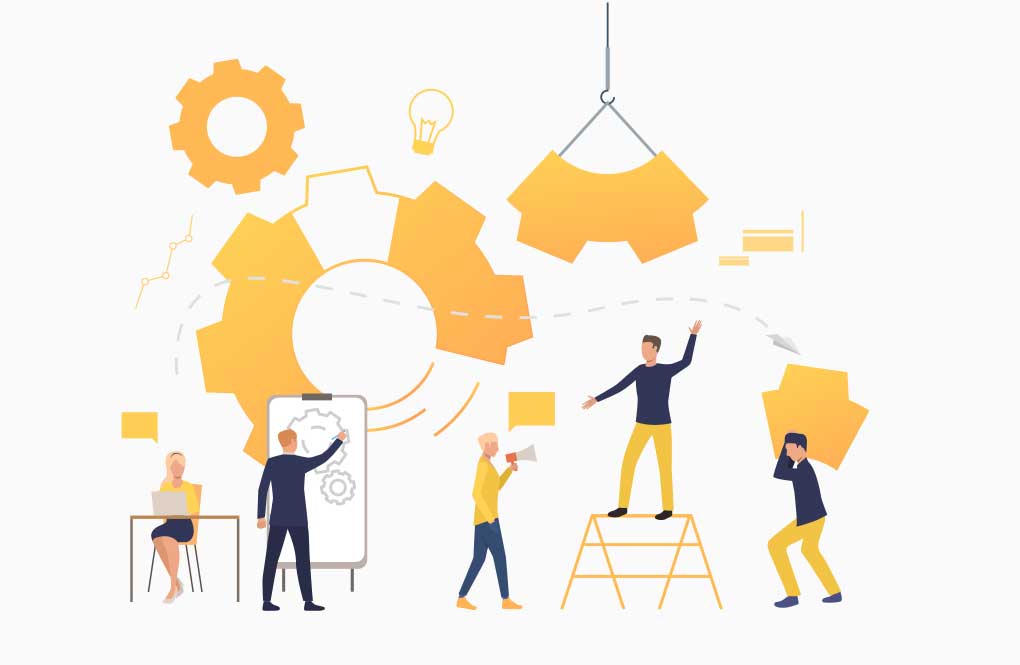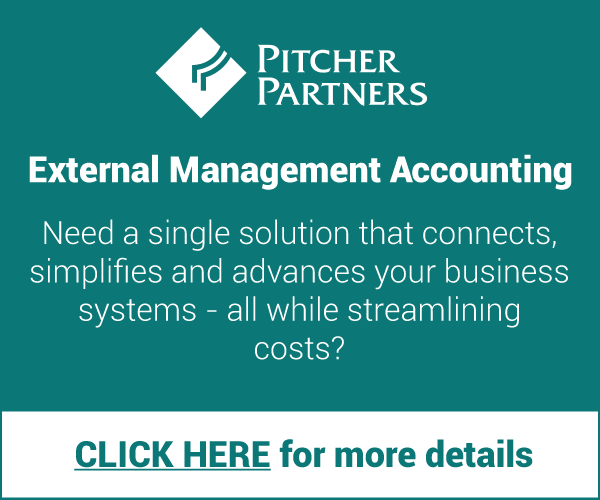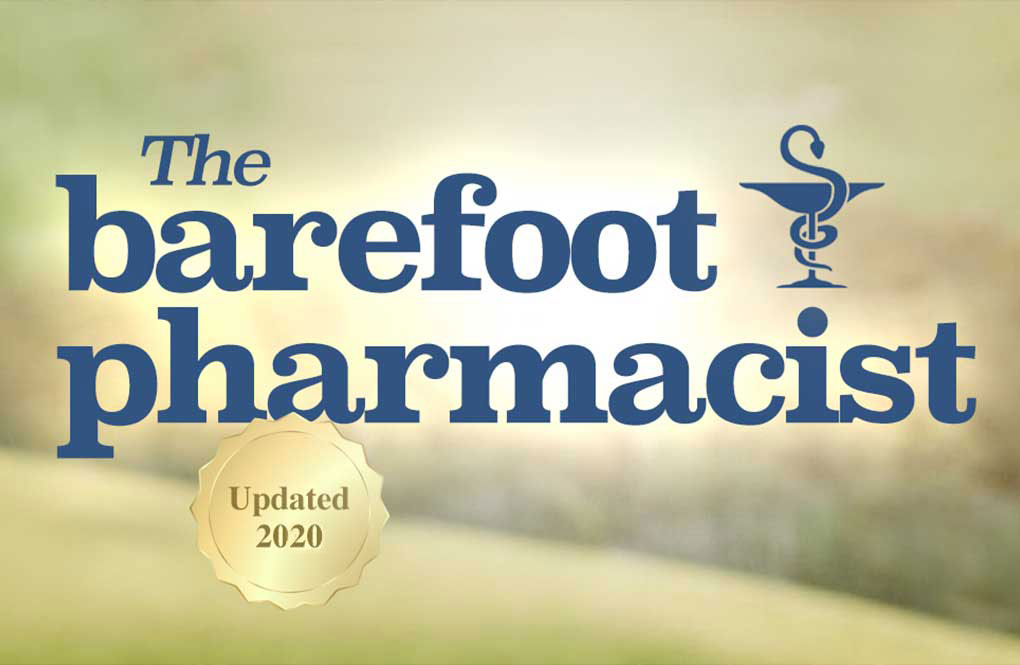When focusing on realising your potential there are multiples ways in which this can be done, you can take last year’s plan and revisit, you can bring a consultant in and tap into your creativity, or you can start with a blank page.
Whenever you start the process of building an organisational strategy the end point must be kept in mind, being what can you do to ensure that everything you do services the best offering for your customer and optimises your bottom line.
Hence, before we start, let us take a blank page and ask yourself “If I started again, would my strategy be any different to what it is today?”
The methodology that I apply when developing an organisations strategy is to work through a series of steps and questions that build the foundation of a successful and executable plan to realise your full potential.
What do these steps look like?
1. Identify your starting point– “What do you want to be known for?”
- How will your team describe your brand?
- Why do you customers value your brand and your product/service range?
- What do your values and integrity statement say about your brand? How do you resonate this in everything you do every day?
Ask yourself are my answers inspirational, actual or a stretch.
2. Knowing your offer and the customer value it represents
- What is your business offer?
- How would your customer describe your business reputation?
- What does your product or service represent in your market of operation?
- What gaps exist between what you want to be known for, and, what you are known for, as a business?
3. Building your roadmap on actions to achieve:
- Finance Goals
- Profit Goals
- Cost-of-Doing-Business Goals
- Shrinkage Goals
- Employee Productivity Contribution
- Capital Goals
- Brand Goals
- Team Investment Strategy
- Workplace Experience Goals
- Career Map
4. Defining your own ‘How To’:
- Determining where you are right now—how do you do what you do well?
- Determining your long-term goal(s)—what is your destination? For example, is it marketing position, brand recognition, uniqueness of your team’s skills base, or your reputation as employer of choice?
- What level of innovation is needed to maintain a growing market position?
- Considering what is your customer experience and your customers’ needs, and what you will do to exceed them?
- Identify the critically important focus areas to ensure the achievement of your goals
- Prioritise and identify the lead-in needs and expectations of all impacted departments or business units
- Determining the skills and role expectations you will need to achieve your goals, what do you have, what will you need, and where will you get them from?
- Know what joint connections are needed to support your needs through your own internal service areas
- Match your team to the skills and roles needed, whilst identifying the gaps for development
- Identify your future leaders and the required skill growth areas, considering who the back-up resources are for your leadership team
- Align everyday daily work tasks to the strategic plan outcomes (everything must have a reason for doing it)
- Communicate the plan to all business team members and then continue to update them on progress (by increasing communication, you increase the purpose of people’s actions / outcomes and their contribution to the business)
5. Building a realistic SWOT which delivers your Vision
Let us take all this information and start building our practical plan and apply the information to understand your position.
It is time to validate “Gut Feels” and look for facts/data to secure your views and lead them to an actionable plan.
6. Take an objective review of your right now by reviewing the approach and perspective of the business from your Executive and your team members.
To assist in gaining a further insight, I would encourage you to complete my Business Health Check to gather some information on where your business opportunities lie from both your executives, and your team’s perspective:
http://edgebusinesshealthcheck.com.au/
Nicky Mackie – Strategic and Cultural Development Leader, Managing Director – People Assets. People Assets assists businesses in realising their potential through support in everything from one off projects, culture building programs, strategic planning initiatives, to provision of end to end human resource services across a wide variety of industries ranging from primary industry to professional services organisations.













